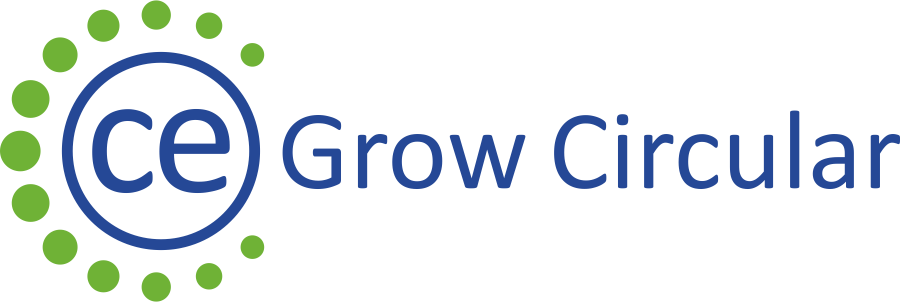Challenges
In Europe the economy’s circularity so far remains low and would benefit from improved resource efficiency, better life-cycle design, longer lifetime of products, and increase in re-use, remanufacture and recycling of resources.
.

Although recycling activities are relatively well-established in the EU, especially for some metals, the supply of secondary materials is not sufficient to meet the EU’s current demand due to several limiting factors.
The level of circularity varies by material. Some materials have considerable end of life recycling rates (EOL RR) (above 50%), however their input rates (EOL RIR) are much lower due to growing demand for these materials. Only in a few cases does the availability of secondary materials approach or surpass one third of current demand (e.g. rhenium, tungsten, iron, tin and zinc), and only in one case does it reach above 50% (lead). Most of these materials belong to mature supply chains, where well-established collection and recycling routes have been operating for a long time.
Also of note is that levels of collection, reuse and recycling of various materials vary considerably across EU Member States, pointing out the potential to further improve resource recovery by following some of the existing best practice examples as well as investing more towards innovations in this area.
You can use the EU’s Monitoring Framework for Circular Economy to get a detailed overview of the status of various circular economy indicators by EU country and for the EU as a whole.
The EU is currently a net exporter of waste ‘iron and steel’, ‘copper, aluminium and nickel’ and ‘paper and cardboard’, whereas it is a net importer of ‘precious metals’ waste. The EU exports a significant amount of waste that is potentially recyclable into secondary raw materials. This represents a loss of valuable materials and is affecting the circularity of the European economy. Furthermore, some non-EU countries have already introduced, or are planning restrictions to imports of some types of waste which poses challenges to EU waste management practices. These trade restrictions could encourage the development of EU processing capacity for secondary materials; however, they are also currently causing a concerning amount of illegal waste trafficking.
EU waste export statistics
3rd Raw Materials Scoreboard report
EU Circular Economy Statistics Articles
While the contribution of secondary raw materials to meeting EU material demands heavily depends on the evolution of demand, other factors currently limit their availability as well, including: collection, sorting and treatment efficiencies of products at end of life, limitations in economic and/or technical feasibility of recycling processes, lifetime of products, the price of secondary compared with the price of primary raw materials, prices and availability of substitutes, losses in manufacturing or use, and whether products are designed for end-of-life recovery.
A full circular transition calls for creative innovation in systems design and robust collaborations across and within value-chains and sectors.
For actors seeking collaboration opportunities to address these challenges the European Raw Materials Alliance andEIT Raw Materials, EU’s innovation community, provide a collaborative environment for disruptive and breakthrough innovations by connecting business with academia, research, and investment.



